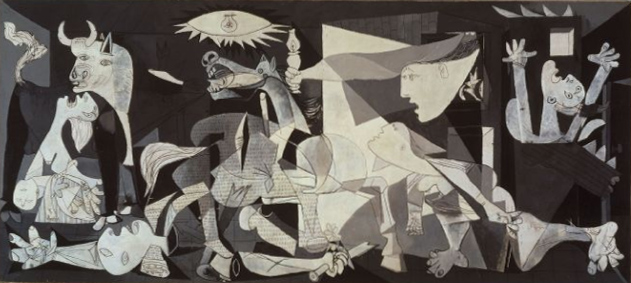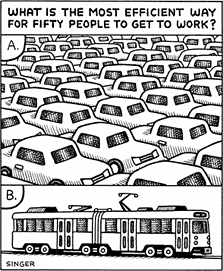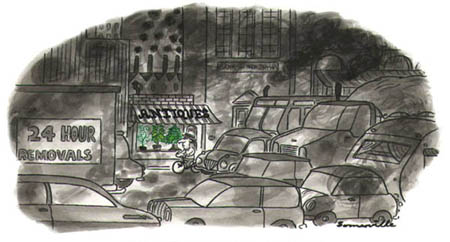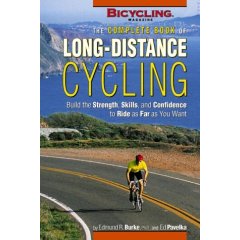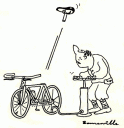«Art washes away from the soul the dust of everyday life» – Pablo Picasso
His full name was Pablo Diego José Francisco de Paula Juan Nepomuceno MarÃa de los Remedios Cipriano de la SantÃsima Trinidad Clito Ruiz y Picasso!
By Robert Hughes – TIME magazine art critic
To say that Pablo Picasso dominated Western art in the 20th century is, by now, the merest commonplace. Before his 50th birthday, the little Spaniard from Malaga had become the very prototype of the modern artist as public figure. No painter before him had had a mass audience in his own lifetime. The total public for Titian in the 16th century or Velazquez in the 17th was probably no more than a few thousand people–though that included most of the crowned heads, nobility and intelligentsia of Europe. Picasso’s audience–meaning people who had heard of him and seen his work, at least in reproduction–was in the tens, possibly hundreds, of millions. He and his work were the subjects of unending analysis, gossip, dislike, adoration and rumor.
He was a superstitious, sarcastic man, sometimes rotten to his children, often beastly to his women. He had contempt for women artists. His famous remark about women being «goddesses or doormats» has rendered him odious to feminists, but women tended to walk into both roles open-eyed and eagerly, for his charm was legendary. Whole cultural industries derived from his much mythologized virility. He was the Minotaur in a canvas-and-paper labyrinth of his own construction.
«Only put off until tomorrow what you are willing to die having left undone.»
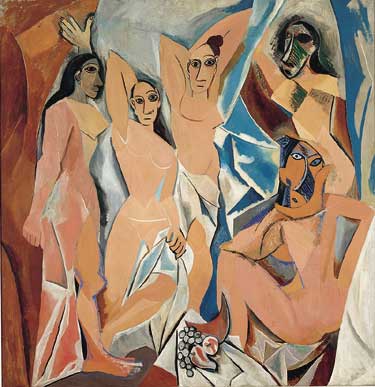
He was also politically lucky. Though to Nazis his work was the epitome of «degenerate art,» his fame protected him during the German occupation of Paris, where he lived; and after the war, when artists and writers were thought disgraced by the slightest affiliation with Nazism or fascism, Picasso gave enthusiastic endorsement to Joseph Stalin, a mass murderer on a scale far beyond Hitler’s, and scarcely received a word of criticism for it, even in cold war America.
No painter or sculptor, not even Michelangelo, had been as famous as this in his own lifetime. And it is quite possible that none ever will be again, now that the mandate to set forth social meaning, to articulate myth and generate widely memorable images has been so largely transferred from painting and sculpture to other media: photography, movies, television.

